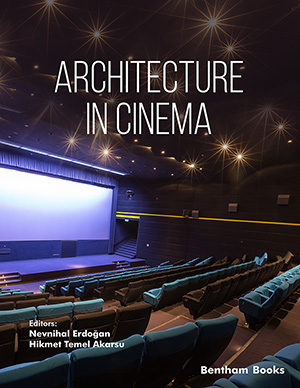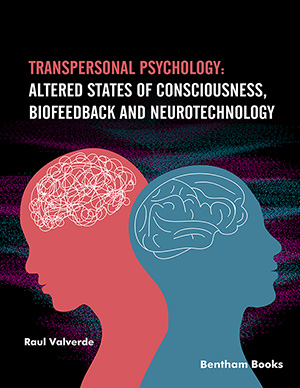Abstract
Architecture and cinema are two important forms of art in which different perceptions are experienced in the rational world of the observer in terms of experiencing space.
In the definitions of architecture made by many theorists throughout history, it is said that architecture is intertwined with many branches of art, that it is a collaborative process by definition, that it is the most powerful action a person can imagine, and that it is the source of magnificent stories that are not used, waiting to be imagined, visualized, built.
Cinema In the definitions of architecture made by many theorists throughout history, it is said that architecture is intertwined with many branches of art, that it is a collaborative process by definition, that it is the most powerful action a person can imagine, and that it is the source of magnificent stories that are not used, waiting to be imagined, visualized, built. Cinema is only one of the many disciplines that are in a relationship with architecture due to its structure and the semantic and technical components it contains. However, cinema differs from other disciplines in terms of its partnership with architecture because it includes the dimensions of movement, time, and space in addition to incorporating all other art branches.
In the art of architecture, a mental image is transferred from the experimental world of the architect to the mental world of the observer, and the building mediates only as a visual object. Images of the architecture can be immortalized, whereas cinematic images remain the only illusion projected onto the screen. Both branches of art depict frames of life, human interactions, and ways of perceiving the world.
Burton, who pursues a new contextual and semantic setup in his films, is a director known for his extraordinary style that brings images of the imaginary and futureoriented modern world to the cinema audience through real and imaginary possible places, unbuilt, non-existent cinema spaces.
Charlie and the Chocolate Factory film starring Johnny Depp, Helena Bonham Carter, Freddie Highmore, Anna Sophia Robb, James Fox, and Christopher Lee has shared spatial readings of architectural fiction based on the representation of space.
Keywords: Architecture in cinema, cinema, charlie and the Chocolate Factory, cinema architecture, cinema in architecture, roald Dahl, tim Burton, unbuilt spaces, willy Wonka.







